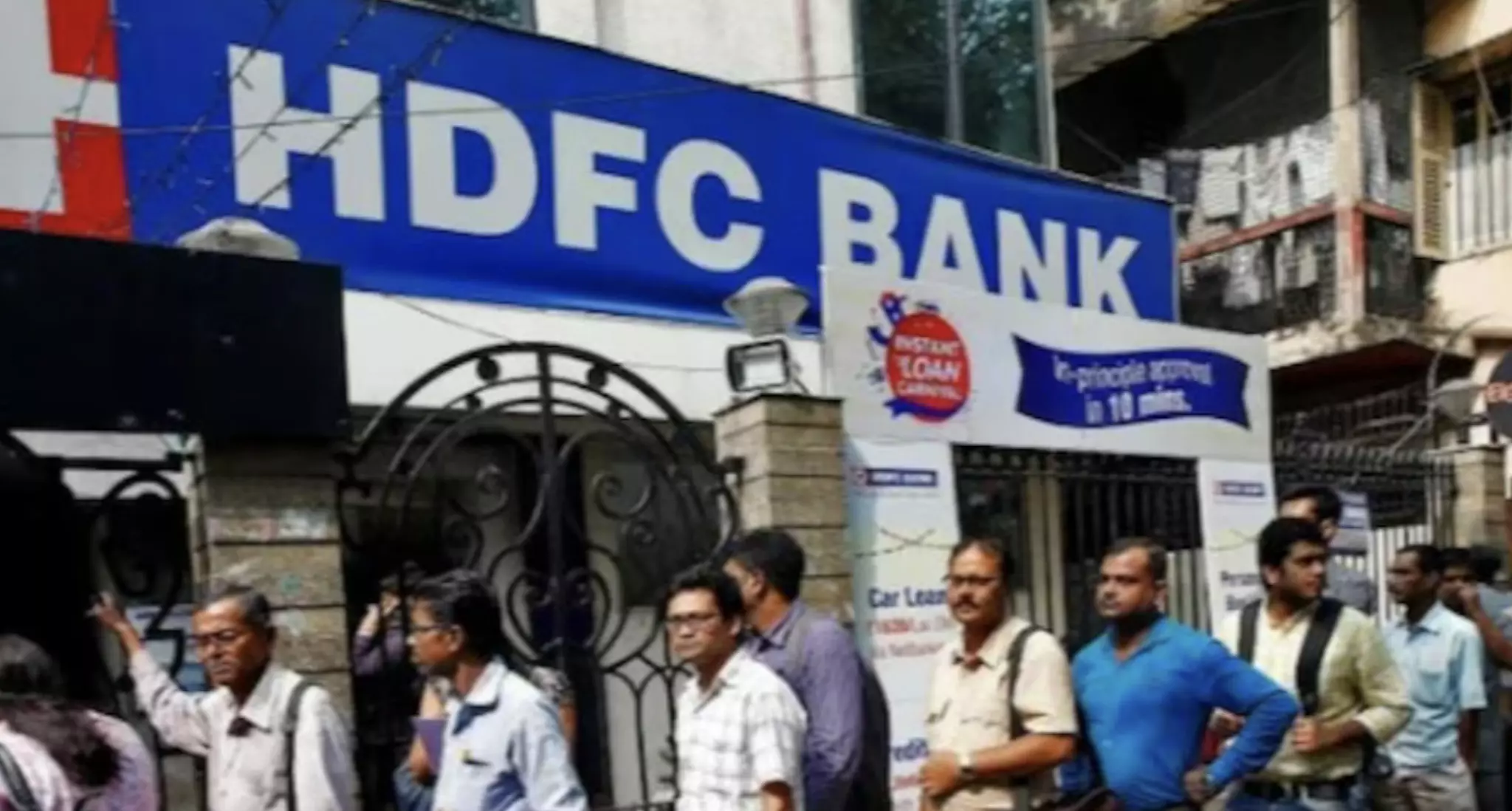Will HDFC stocks see further dips? Here what you should know
HDFC Bank is facing a significant setback, reflected in a more than 10% decline in its share price this week.
image for illustrative purpose

HDFC Bank is facing a significant setback, reflected in a more than 10% decline in its share price this week. The bank, which has been a leader in Net Interest Margin (NIM) for nearly two decades, is now experiencing a drop in its NIM to below 3.5%, causing concern among investors.
One potential factor contributing to this decline is the ongoing $60 billion merger with its housing loan parent company, HDFC. The merger has introduced challenges, particularly with HDFC Ltd's high-cost borrowings, which were only 8% of the bank's liabilities a year ago but now make up 21% post-merger. These high-cost borrowings have weakened margins, as HDFC Ltd, being a housing finance company, can only raise Fixed Deposit-type funds, incurring higher interest costs.
Although the impact of the merger on HDFC Bank's financials was anticipated, the communication regarding the timeline for margin improvement appears to have disappointed investors. The market expected higher margins in the current quarter, leading to disappointment when NIMs remained flat.
Another concern is the slowdown in deposit growth, contrary to the CEO's assurance in October 2023 that funding (deposits) would not be an issue. The bank now faces slower deposit growth, potentially impacting its lending activities and overall profitability.
Despite these challenges, there are reasons to believe that the HDFC story is not over. The bank has doubled its market share in loans and deposits since FY15, rising from 5% to over 10% today. With the majority of deposits still held by PSU Banks, HDFC Bank has room for further growth. The bank has been expanding its branch network aggressively, doubling the number of branches in the past five years, suggesting a commitment to future opportunities.
An interesting observation is the correlation between the age of HDFC Bank's branches and deposit growth. Research suggests that after 10 years, branches experience an inflection point or J-Curve, leading to a surge in deposits. HDFC Bank currently has over 2,000 branches in the 5–10 year vintage, hinting at potential future growth.
Additionally, with 70% of HDFC Ltd's customers not banking with HDFC Bank, there is a substantial untapped opportunity for the bank.
While the long-term prospects seem promising, the stock, despite five years of underperforming the Nifty50 index, remains relatively expensive. Investing in HDFC Bank at this point may require a bold stance, considering the challenges it currently faces.

